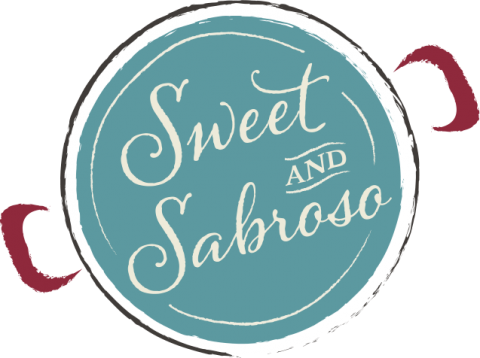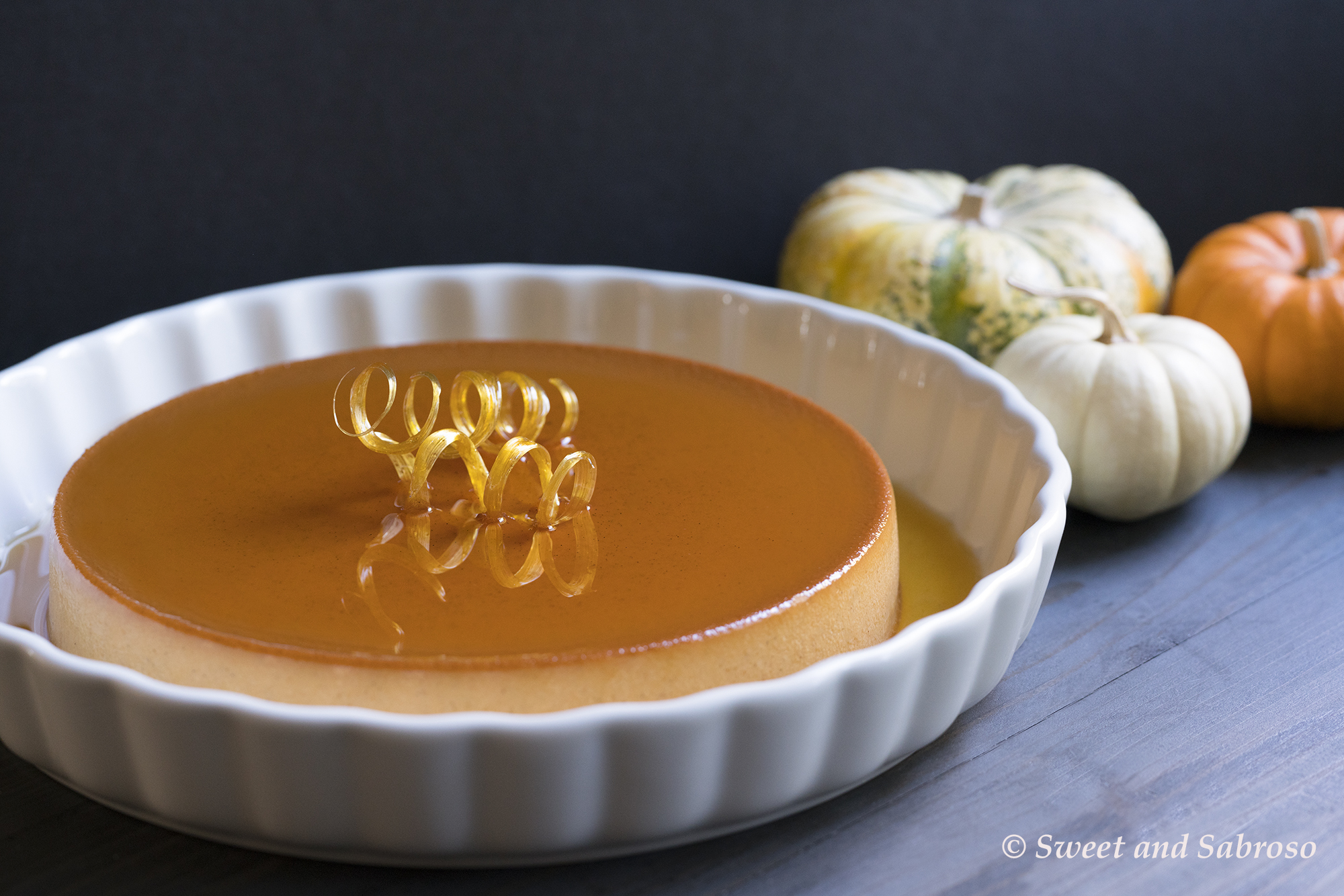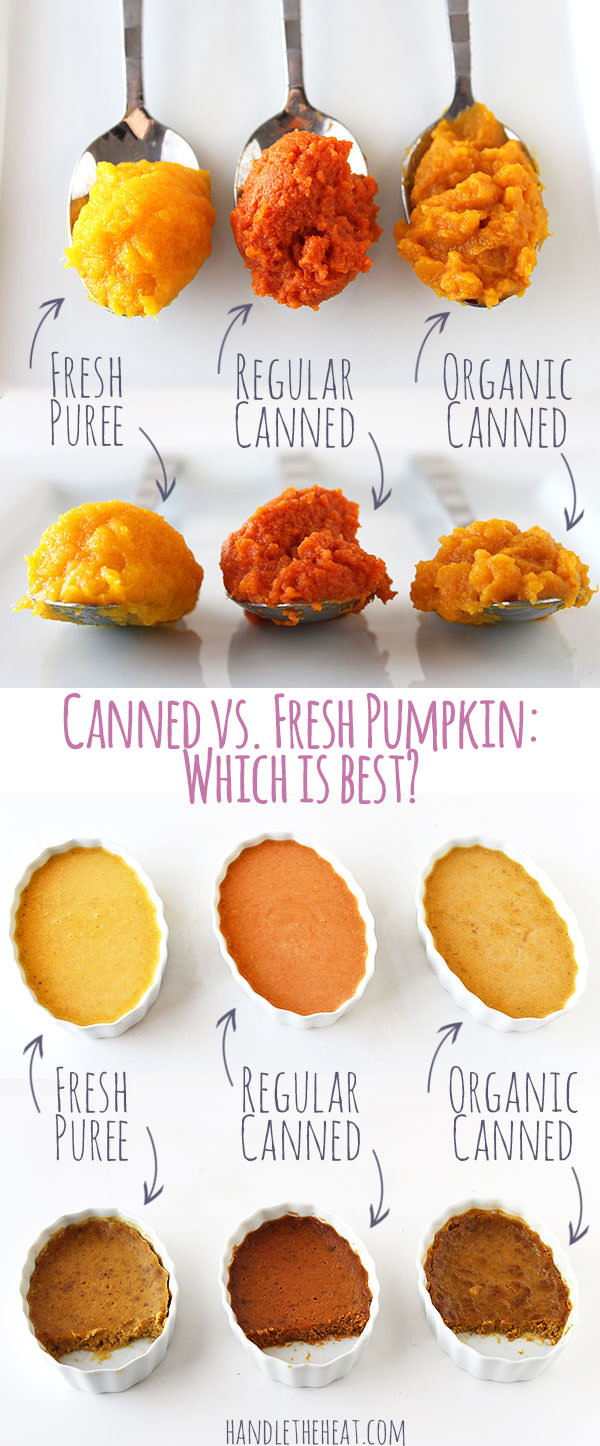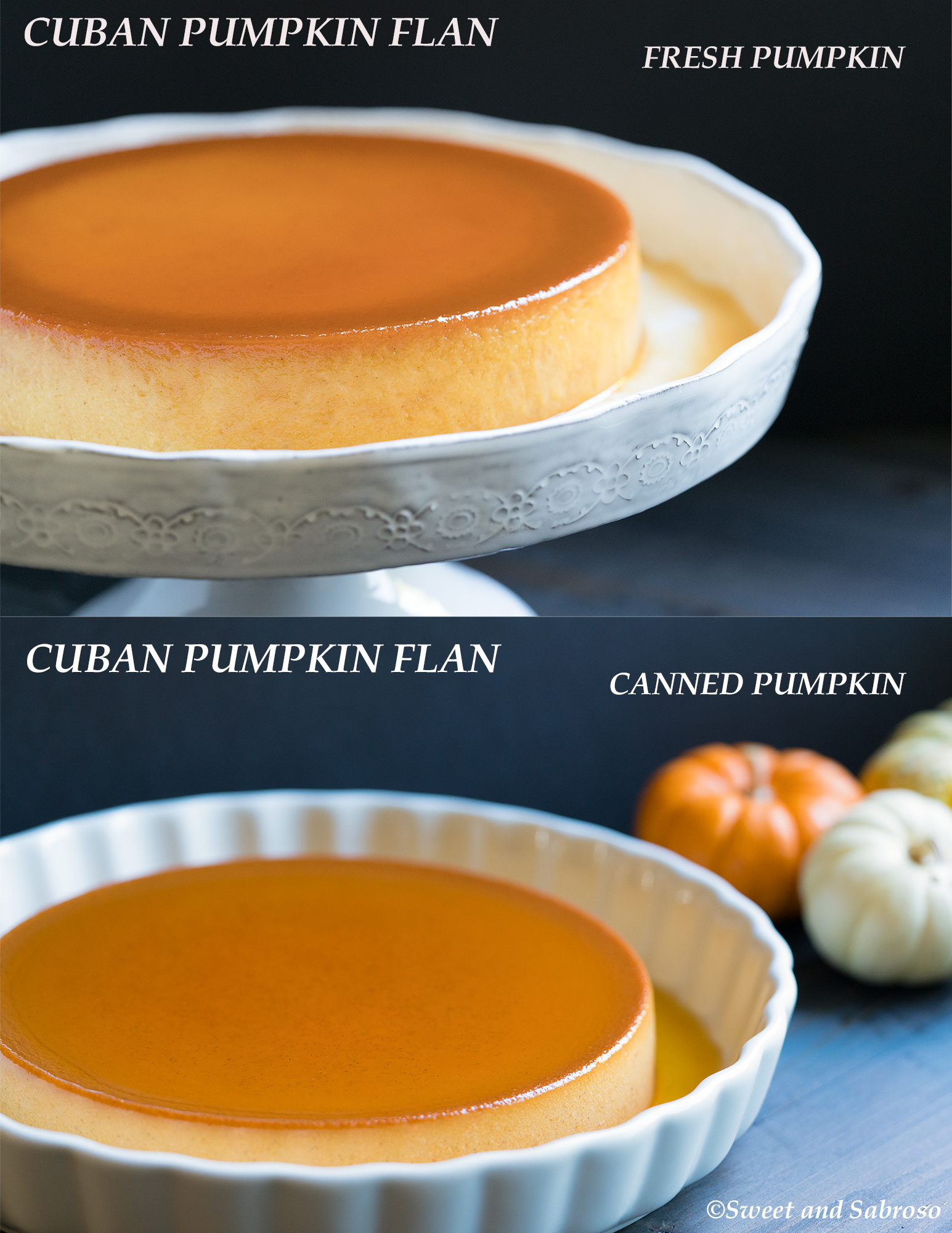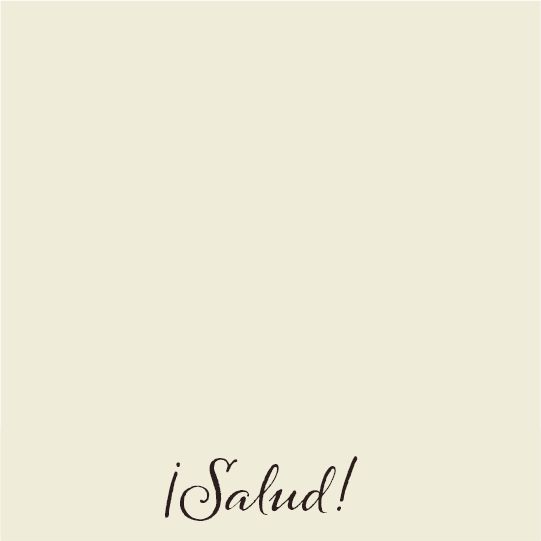The holidays are around the corner and we’ve got Cuban Pumpkin Flan on the brain! It’s a marriage of pumpkin pie with our version of classic Cuban flan — Flan de Leche — a creamy baked custard similar to French crème brûlée but with a soft caramel top. It’s to die for!
Please note that this post contains one or more Amazon Affiliate links, which means that we will receive a small commission if you purchase an item through any of those links.
Cuban Pumpkin Flan: Origins and Tradition
Although made differently from country to country, flan is a widely popular dessert in Cuba, Spain and throughout Latin America. However, here’s a fun fact: flan is said to have originated, not in these countries, but in Ancient Rome, where chickens were first domesticated, as a way to use up surplus eggs.
In its most authentic expression, Cuban Pumpkin Flan is made with fresh pumpkin purée (vs. canned). This is how our grandmothers, mother and aunts made it and what you will typically see in traditional Cuban cookbooks. So even though we appreciated that it would require more work, we really, really wanted to follow this tradition and use fresh pumpkin purée in our Cuban Pumpkin Flan. Not to mention, isn’t fresh of anything just always better than its canned version? Hmmm, well . . .
Canned vs. Fresh Pumpkin Purée: Which is Better?
After a bit of research, we weren’t so certain. We found a number of informative articles and blog posts addressing this topic. Among them is a post we love by blogger, Tessa Arias of Handle the Heat, which was inspired by a similar post by another well-known blogger, Joanne of Fifteen Spatulas.
Handle the Heat’s Experiment
Tessa’s post documents and very nicely illustrates (as shown below), her observations from testing fresh pumpkin purée, regular canned pumpkin purée (Libby’s brand), and organic canned pumpkin purée, in each case, in its natural state as well as baked into a mini pumpkin pie (using the identical recipe), comparing and contrasting color, texture and taste.
Canned vs. Fresh: Handle the Heat’s Conclusions
Ultimately, Tessa concluded that, as between the fresh pumpkin purée and the regular canned pumpkin purée (Libby’s brand), the fresh pumpkin purée, with its clean, unprocessed flavor and fluffy texture, was best suited for a savory dish, such as soup or pasta which would likely be elevated by using fresh pumpkin purée instead of canned.
On the other hand, in her opinion, either the fresh or regular canned pumpkin purée would work for baking, as the sugar and spices used in pumpkin pie disguise their natural flavors. Interestingly, however, Joanne of Fifteen Spatulas, as a result of her experiment, preferred the fresh pumpkin purée to the regular canned purée in her pumpkin pie.
Finally, as for the canned organic pumpkin purée, Tessa dismissed it as gelatinous and odd textured (and assessment with which we totally agree!)
Our Cuban Pumpkin Flan Experiment
Inspired by Handle the Heat’s and Fifteen Spatula’s experiments, we concluded that the only way to know whether fresh or canned pumpkin purée would be better in our Cuban Pumpkin Flan was to conduct our own experiment. The results surprised us!
Our Observations
Similar to Handle the Heat’s experiment, we tested fresh pumpkin purée (using Handle the Heat’s recipe) and regular canned pumpkin purée (Libby’s brand), in each case, in its natural state as well as baked into our Cuban Pumpkin Flan (using the identical recipe), comparing and contrasting, color, texture and taste.
Due to its odd texture, we omitted organic canned pumpkin purée from the experiment.
It’s also worth nothing that, although the Libby’s brand pumpkin purée that we used is not organic, it is 100% pure pumpkin and there are no other ingredients or preservatives added. Libby’s also uses a special proprietary Dickinson pumpkin that, when cultivated appropriately, yields a sweet, bright orange flesh.
Color
Similar to Handle the Heat’s assessment, we noted that our fresh pumpkin purée was significantly lighter and more yellow than the darker, orange regular canned purée, but these color differences were barely discernible after baking, as shown in the photos below.
Natural Texture and Taste
Also in line with Handle the Heat’s observations, we found that the fresh pumpkin purée had a smoother texture and fresher, cleaner and more herbaceous taste than the regular canned pumpkin purée, which we actually found to be rather off-putting on its own. However, this is where the similarities between our test results and Handle the Heat’s test result end!
Baked Texture and Taste
Once baked, we found significant differences in the texture and taste of the flans.
The flan made with fresh pumpkin purée, was a bit grainy and thick, while the other one made with regular canned purée was super velvety and creamy, as a flan should be. Looking closely, these texture differences are also apparent in the photos above.
The clean, herbaceous quality of the fresh pumpkin purée resulted in a somewhat bland and generic squash flavored flan, which wasn’t entirely bad but far from a To Die For Cuban Pumpkin Flan. On the other hand, the flan made with regular canned Libby’s brand pumpkin purée had a lovely, sweeter and more flavorful pumpkin-custard taste, which together with the super velvety and creamy texture, was extraordinary.
Canned vs. Fresh: Our Conclusions
Of course, we can only speculate as to why our Cuban Pumpkin Flan made with regular canned Libby’s brand purée was so much better in texture and taste than the one we made with fresh pumpkin purée.
Maybe there is something special in Libby’s Dickinson pumpkins (which by the way, look more like squash than the typical round orange Halloween-season types)? Or, perhaps that something special in Libby’s Dickinson pumpkins is better suited for a delicate custard dessert like flan? If we ever uncover the reasons with any certainty, we promise to let you know! However, regardless of what these reasons may be, what we do know is that so long as we’re able to buy great quality regular canned pumpkin purée (like Libby’s), we won’t be laboring over making fresh pumpkin purée for our Cuban Pumpkin Flan. We’ll save the fresh stuff for other dishes!
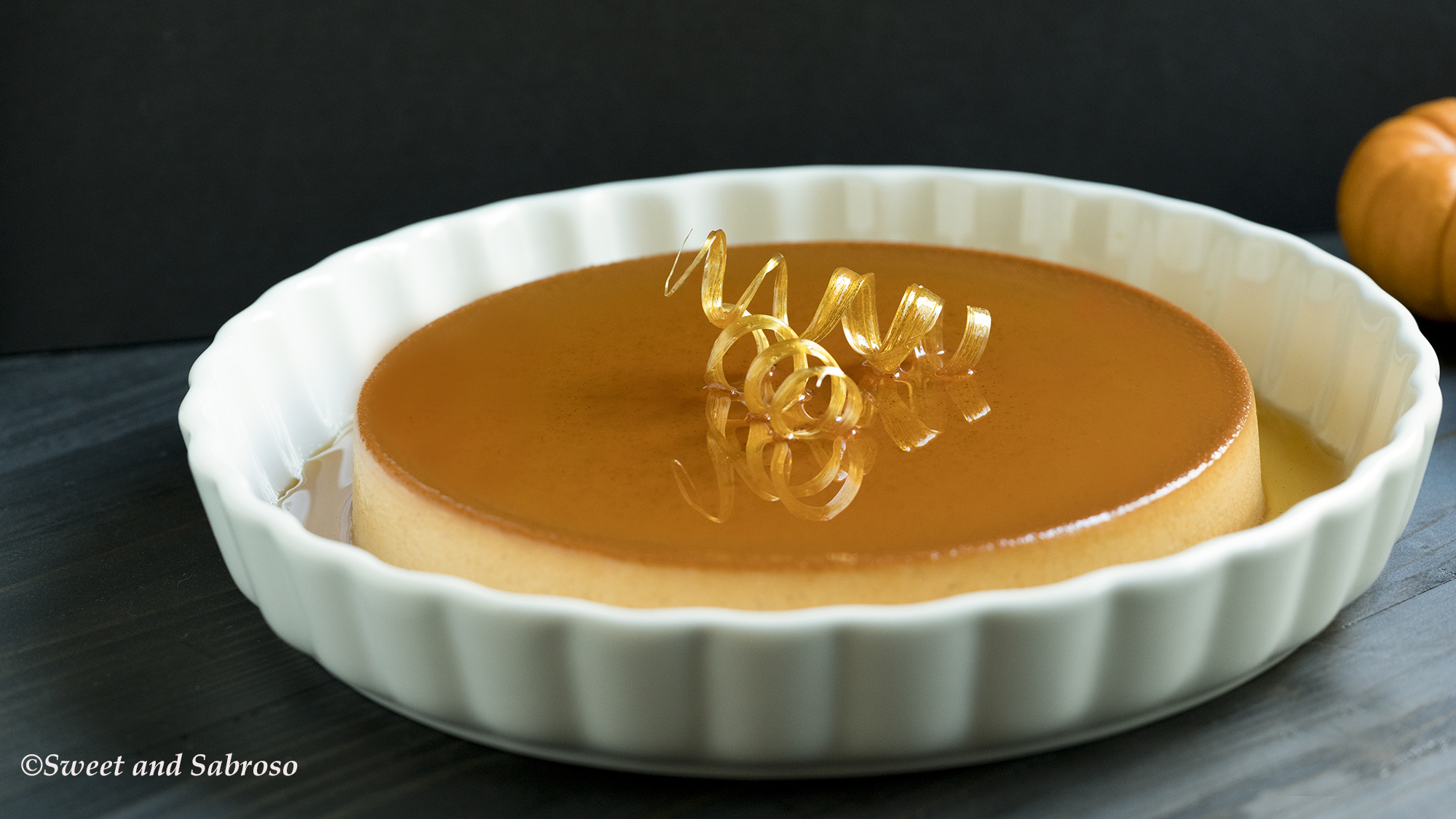
To Die For Cuban Pumpkin Flan Recipe

- 1 cup granulated sugar
- 1 1/2 tablespoons water
- 1 cup evaporated milk
- 1 cup heavy cream
- 1 cup canned Libby's pumpkin pureé
- 14 ounce can of sweet and condensed milk
- small pinch of kosher salt
- 1/4 teaspoon ground nutmeg
- 1/4 teaspoon ground Ceylon cinnamon
- 1 tablespoon of vanilla bean paste
- 8 large egg yolks
- 2 large whole eggs
- 8 inch round cake pan (preferably 3 inches deep) and a larger pan for the water bath
- Preheat oven to 350 degrees Fahrenheit
- In a large saucepan, add the evaporated milk, heavy cream, pumpkin puree, sweet and condensed milk and salt and simmer over low heat, stirring until combined (about 2 minutes). Whisk in cinnamon (breaking up any chunks), nutmeg and vanilla paste. Remove saucepan from heat and let cool.
- Meanwhile, to caramelize the 8 inch pan: Place sugar in a small saucepan and add the water to the sugar (roughly in the center). Cook over medium-high heat, stirring constantly with a heat-resistant silicone spatula or wooden spoon until all the sugar has dissolved and the mixture is a golden-amber color. Using oven mitts, immediately remove the saucepan from the heat and quickly pour the entire mixture into the 8 inch cake pan, swirling to first cover the bottom of the pan and then swirling and tilting the pan to cover about 1-2 inches up the sides of the pan. It's important to move quickly before the sugar starts to thicken. Set the pan aside and let cool.
- Meanwhile, in a medium bowl, whisk together the eggs and egg yolks and add to the milk-pumpkin mixture once cooled.
- Using a fine mesh sieve, strain the entire mixture into the caramelized pan.
- Prepare the water bath by placing the pan into the larger pan and fill the larger pan with warm water until the water hits approximately halfway up the sides of the larger pan. Place in the oven on the middle rack and bake for about 1 hour and 20 minutes or until a toothpick inserted in the flan comes out clean.
- Immediately remove the pan containing the flan from the water bath, cover loosely with foil and let cool to room temperature. Once cooled, cover the pan well with foil and refrigerate for several hours or overnight.
- To serve the flan, place a large serving plate over the pan and quickly invert in one motion and gently shake the pan to loosen the flan until it drops onto the plate and the caramel flows out. If the flan does not release from the pan, return the pan to the upright position and run a thin knife around the edges and invert onto the plate again.
- Add spun sugar for garnish (optional). Recipe follows.

How to Make Spun Sugar Spirals for Garnish

- • 1 cup sugar (or as needed for desired number of spirals)
- Special Equipment: knife honer or other kitchen tool with cylindrical handle (e.g., whisk)
- Line a baking sheet with parchment or wax paper. Set aside.
- To Make the Caramel: Place sugar in a small saucepan. Cook over medium heat, stirring frequently with a heat resistant silicone spatula or wooden spoon until sugar has dissolved completely and is a dark golden-amber color. Let caramel cool to a thick, taffy-like consistency that holds its shape without breaking.*
- To Make the Spirals: Hold the knife honer horizontally in your non-dominant hand. With your dominant hand, using the silicone spatula or wooden spoon, take a spoonful of the caramel. Tilt the spatula or spoon and allow any excess caramel to drop into the pan. Once you have an even, taffy-like rope of caramel dropping from the spoon, wind the caramel around the knife honer, beginning near the base of the honer and ending toward the end of the honer until you reach desired spiral length and cut off at the end with your fingers or shears. Allow spiral to set and cool for about 10 seconds and gently slide onto the lined baking pan.
- Repeat until you have as many spirals as desired, reheating sugar as necessary to make it workable.*
- Store spirals in an airtight container at room temperature until needed. Can be made in advance but should be used within the same day.
- * If at any point while working with the sugar in the saucepan, it starts to crack or it becomes too thick and no longer malleable, return the saucepan to the stovetop and heat on medium heat, stirring frequently, until the sugar is malleable, and once again allow to cool to a thick, taffy-like consistency that holds its shape without breaking.
We hope you enjoy our Cuban Pumpkin Flan!
If you have any comments or questions, we would love to hear from you.
Thank you for visiting!
!Salud!
